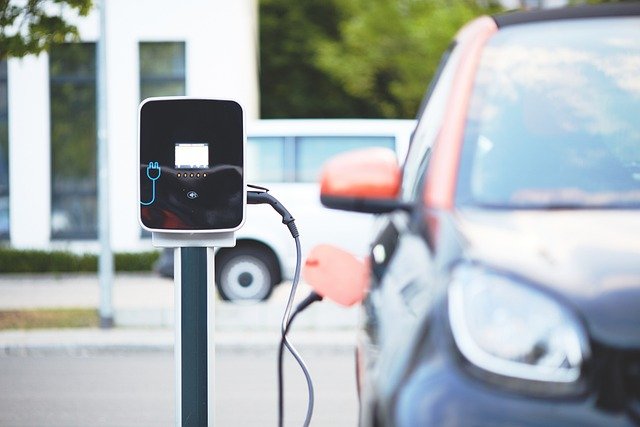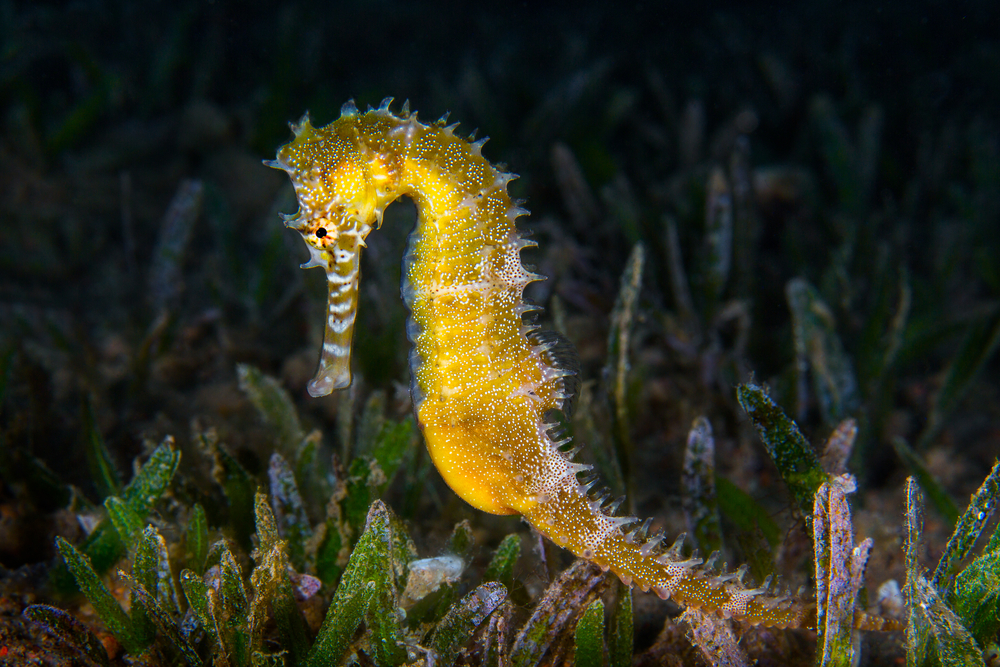Revolutionizing Automotive Materials: The Rise of Biomimicry in Car Design
Imagine a car that can repair itself like human skin, change color on demand, or adapt its shape for optimal aerodynamics. This isn't science fiction—it's the future of automotive design, driven by the innovative field of biomimicry. As we delve into this fascinating intersection of nature and technology, we'll explore how automakers are drawing inspiration from the natural world to create vehicles that are not only more efficient and sustainable but also capable of feats once thought impossible.

Nature-Inspired Structural Innovations
One of the most promising areas of biomimicry in automotive design is in structural engineering. Engineers are looking to nature’s strongest and lightest structures for inspiration. For instance, the internal structure of bird bones, which are incredibly light yet strong, is inspiring new ways to design car frames. This approach could lead to vehicles that are significantly lighter, improving fuel efficiency without compromising safety.
Another exciting development is the use of plant-inspired structures in car bodies. The giant Amazon water lily, with its massive leaves that can support substantial weight, has inspired engineers to create new types of load-bearing panels. These bio-inspired designs could revolutionize how we think about vehicle safety and crash resistance.
Self-Healing and Adaptive Materials
Perhaps one of the most exciting developments in automotive biomimicry is the creation of self-healing materials. Inspired by the human body’s ability to heal cuts and bruises, researchers are developing polymers that can automatically repair small scratches and dents. This technology could significantly extend the lifespan of vehicles and reduce maintenance costs.
Moreover, some companies are exploring color-changing car exteriors inspired by chameleons. This technology could allow drivers to change their car’s color at will, or even have the vehicle automatically adjust its hue based on environmental conditions for improved visibility and safety.
Biometric Interfaces and Enhanced Human-Vehicle Interaction
The way we interact with our vehicles is also being transformed through biomimicry. Inspired by how living organisms process and respond to stimuli, automakers are developing more intuitive and responsive interfaces. Biometric sensors that can read a driver’s physiological state—similar to how our bodies constantly monitor our internal conditions—could adjust vehicle settings to enhance safety and comfort.
For example, seats that can sense muscle tension and adjust to alleviate fatigue, or steering wheels that can detect stress levels and adapt the car’s performance accordingly, are no longer far-fetched ideas. These innovations promise to create a more symbiotic relationship between driver and vehicle, enhancing both safety and the driving experience.
Energy Efficiency Through Nature’s Lens
Nature has perfected energy efficiency over millions of years of evolution, and automakers are taking note. The way a hummingbird hovers, for instance, is inspiring new approaches to energy recovery systems in vehicles. By mimicking the bird’s wing movements, engineers are developing more efficient regenerative braking systems that could significantly extend the range of future vehicles.
Additionally, the photosynthesis process in plants is inspiring new ways to harness solar energy in cars. While solar panels on vehicles aren’t new, biomimetic approaches are leading to more efficient and integrated solar capture systems that could power various vehicle functions without draining the main battery.
The Road Ahead: Challenges and Opportunities
While the potential of biomimicry in automotive design is enormous, it’s not without challenges. Translating nature’s solutions into manufacturable, cost-effective technologies requires significant research and development. There’s also the question of regulatory approval for some of the more radical innovations.
However, the benefits could be transformative. Biomimetic approaches promise vehicles that are not only more efficient and sustainable but also safer and more intuitive to use. As we face growing environmental challenges and the need for more sustainable transportation solutions, biomimicry offers a path forward that aligns technological progress with the wisdom of the natural world.
As we stand on the brink of this bio-inspired automotive revolution, one thing is clear: the cars of the future may look less like the machines we know today and more like the marvels of nature that have inspired them. This fusion of biology and technology promises to redefine our relationship with our vehicles and, potentially, with the environment itself.





